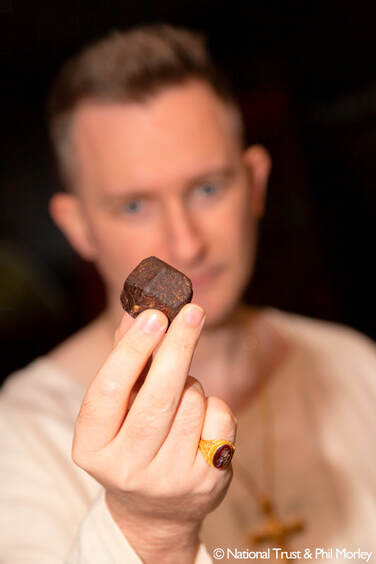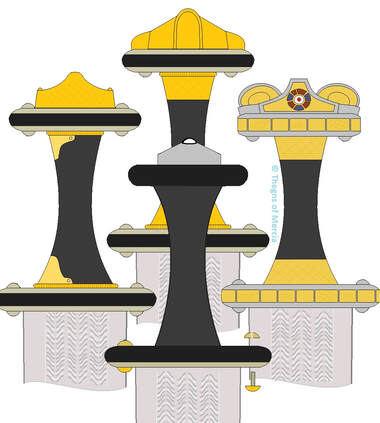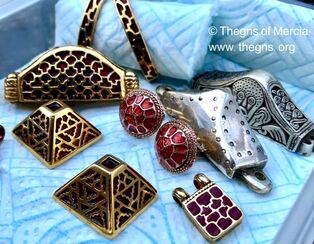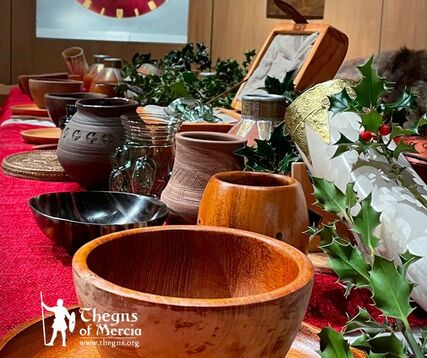Secrets in the Stones: Decoding Anglo-Saxon Art. Part 4

Early Anglo-Saxon jewellery is renowned for its use of gold and garnet work. Until now, the significance of garnets as a material has not been thoroughly investigated. In this article, and a public lecture at Soulton Hall, Shropshire (delivered simultaneously with this article’s timed release) James D. Wenn draws together the geometry of the garnet crystal with the geometry within Anglo-Saxon art and architecture, signposting to the previous articles in this series. This is then coupled with later examples of this geometry, notably the Cosmati Pavement in Westminster Abbey, to link the philosophical meaning of this geometry to Plato’s book ‘Timaeus’, and both pre-Christian and Christian cosmology and theology.




 RSS Feed
RSS Feed
